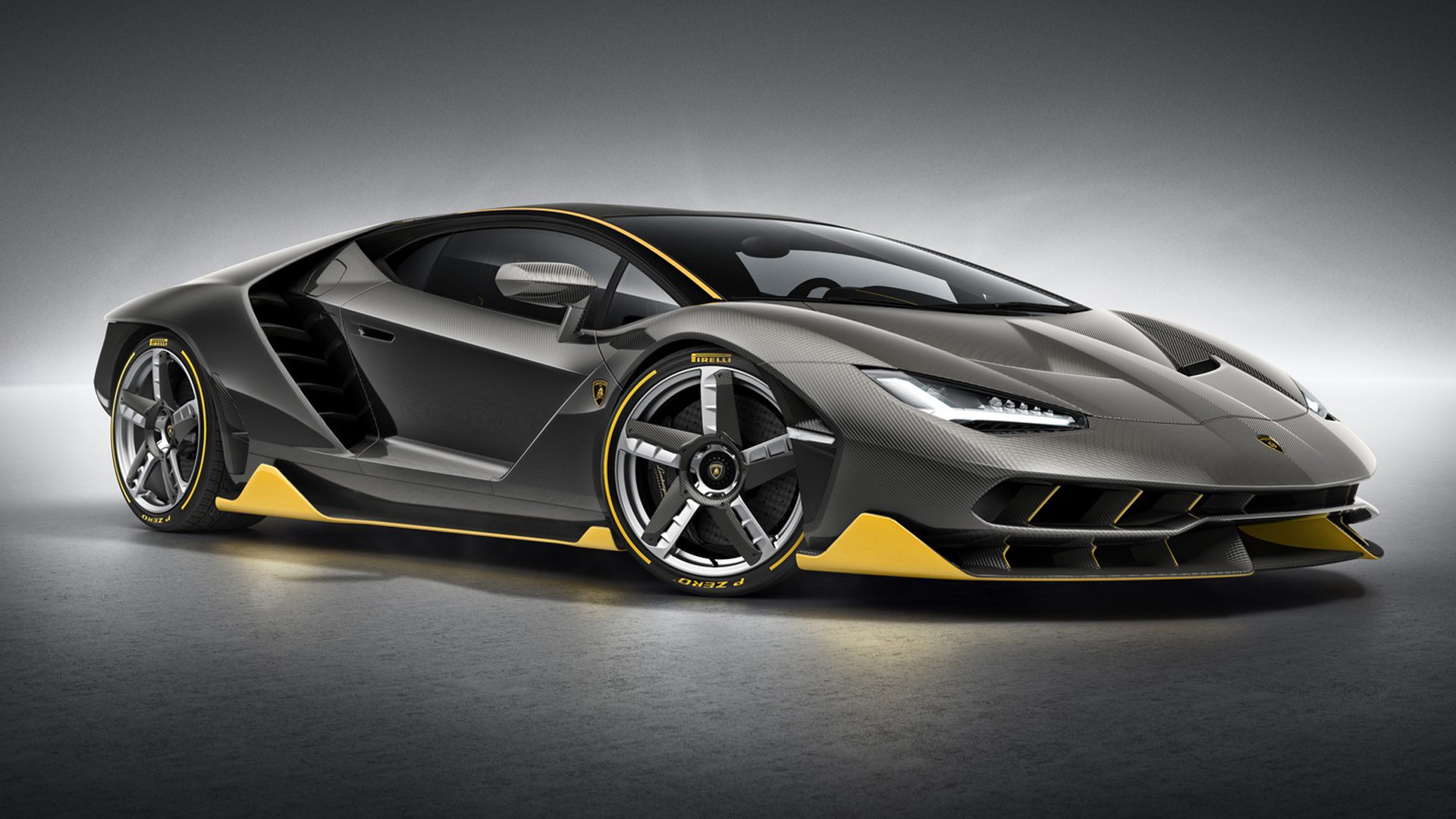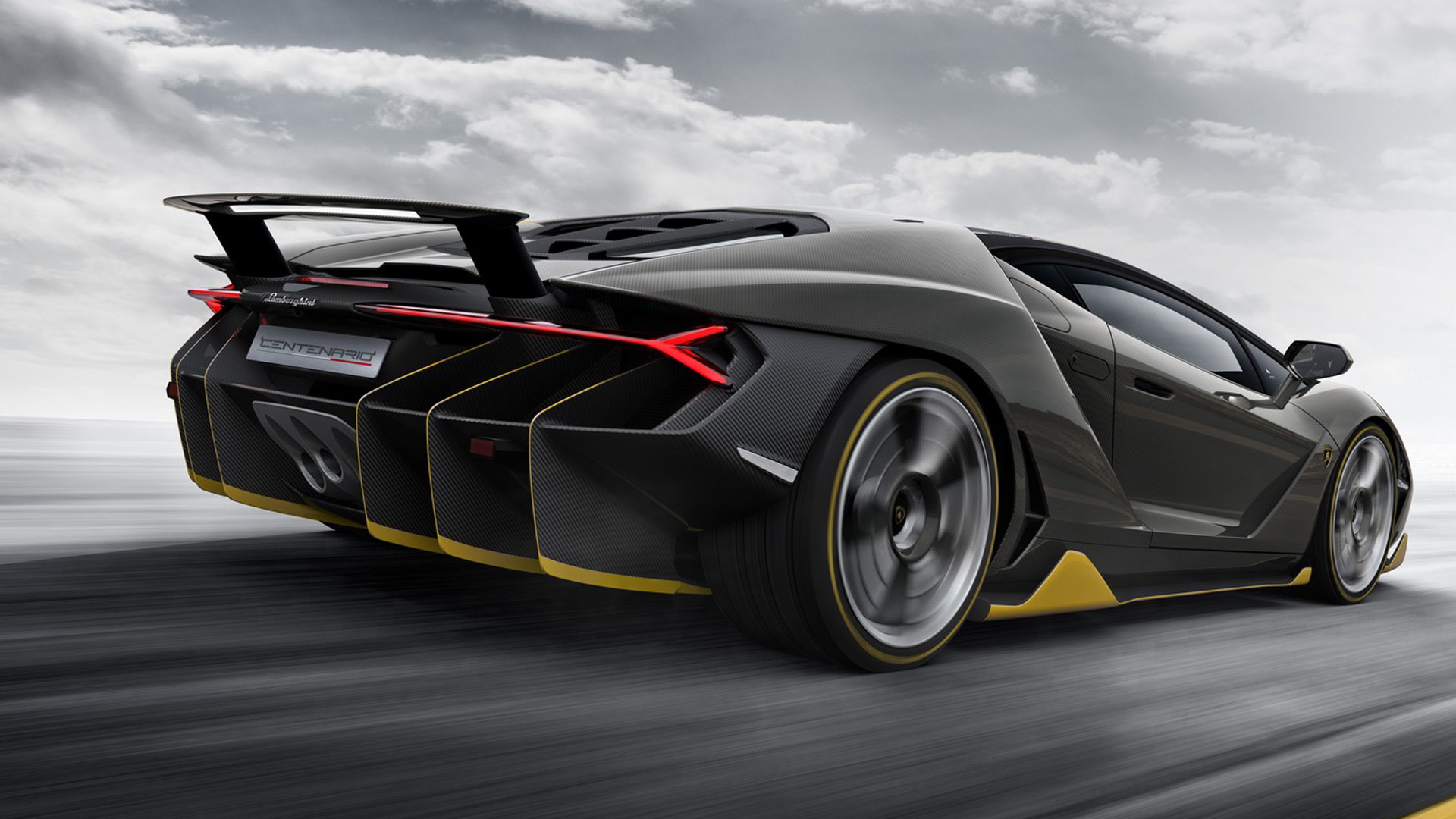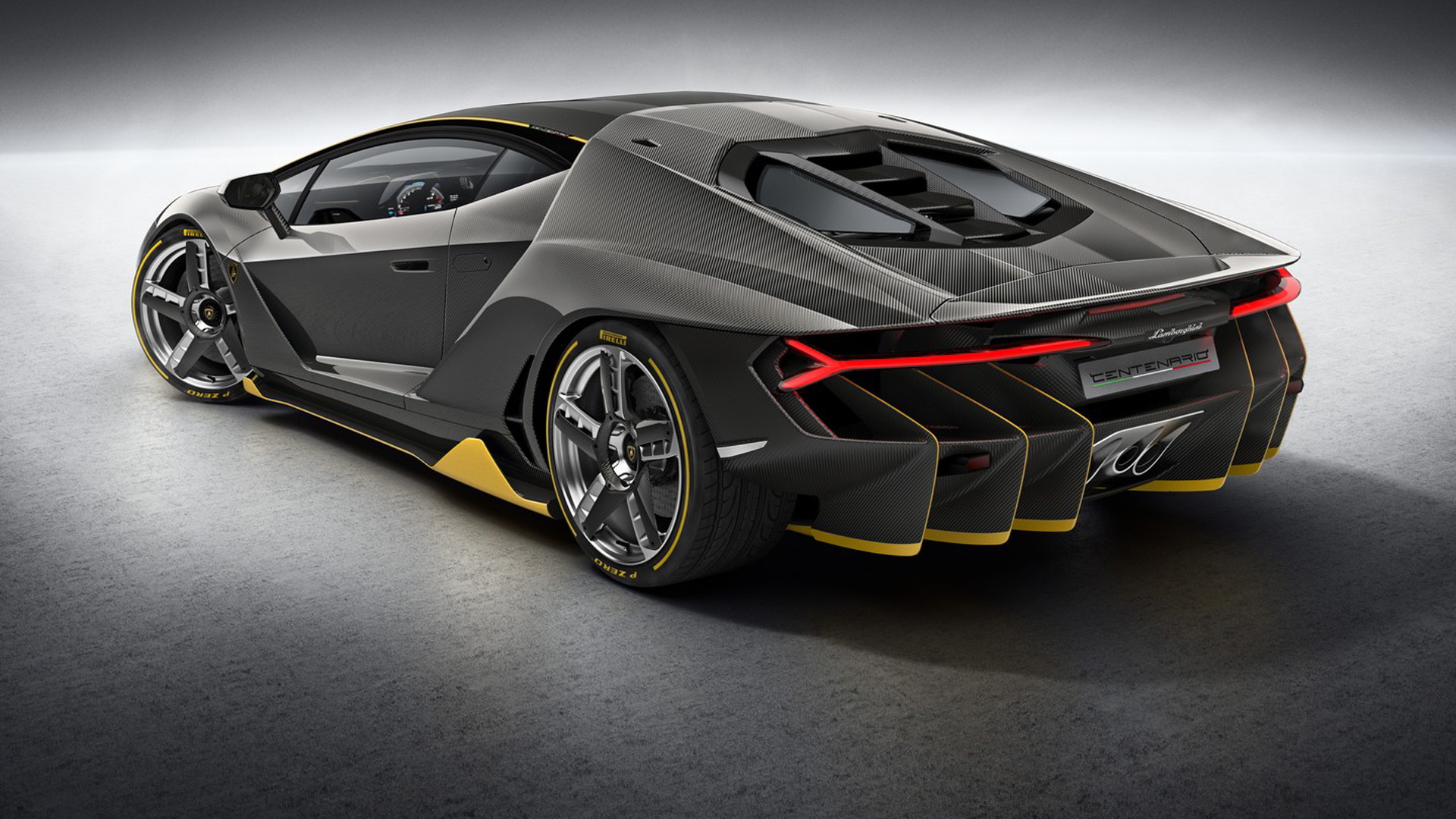Last week at the Geneva Motor Show, Lamborghini introduced a new special edition car. Meant to celebrate the 100th birthday of company founder Ferruccio Lamborghini, the Centenario LP 770-4 is essentially a special body on the ultra-high-performance $400,000 Aventador LP 750-4 SuperVeloce. Basing the Centenario on the Aventador allows Lamborghini to have the basic structure in place for safety and homologation purposes. However, the differences are more than just skin deep. At the show, I interviewed Maurizio Reggiani, head of research and development for the brand, and he outlined the differences between the new Centenario and the Aventador SV.

Lamborghini Centenario

Leaked Lamborghini Aventador SuperVeloce

Lamborghini Centenario
Design
The exterior shape is completely new, and it was designed with the idea that form follows function. In that regard, cooling considerations and aerodynamic functions such as downforce, drag, and wind resistance took precedence. "Every detail is made for function. It's not made only for aesthetics," said Reggiani.
The car's aerodynamic inlets, which feature several fins, are striking from both the front and especially the rear views. They are also echoed in the cooling ducts behind the doors. The large air scoops in the hood are reminiscent of Lamborghini Miura of the early 1970s, and they contribute to downforce on the front axle. Air also flows through ducts within the headlights, sideskirts, and around the uniquely shaped wheel arches to optimize cooling. The roof has air scoops of its own.

Lamborghini Centenario, 2016 Geneva Motor Show

Leaked Lamborghini Aventador SuperVeloce

Lamborghini Centenario
At the rear, the rear wing is adjustable, and in its base position it simply flows with the body instead of sticking up like you'd find on a race car. "Everybody expected a different kind of one-off with a big fin, a big spoiler like the previous Veneno," said Reggiani. The rear spoiler can raise up six inches and the upper part of the wing can tilt 15 degrees. Reggiani said this helps double the aerodynamic efficiency, or ratio between drag and downforce, of the car compared to the base Aventador.
The rear tires can be seen from the rear. This was inspired by the look of a motorcycle. It also emphasizes the fact that this car has rear-wheel steering and it really makes those rear fins stand out.
While the body of the Centenario Lamborghini displayed at Geneva is gloss-coated carbon fiber with yellow accents, buyers will be able to choose their own paint finishes.
Lamborghini Centenario
Interior
The interior has a different design than the Aventador, but more importantly, the Centenario is the first Lamborghini to get a touchscreen. It measures 10.1 inches diagonally, and it adds numerous connectivity functions. Drivers can connect to internet radio, browse the web, access email, check social media, and perform any of the functions available through Apple Car Play. This system also displays telemetry information such as pedal position, rpms, oil pressure, real-time power usage, current gear, speed, lap and sprint times, and lateral g forces. Two optional interior cameras allow the driver's experience to be recorded. All this information can be downloaded using a USB stick and studied to improve lap times.
Power and performance
At 740 horsepower, the Aventador SuperVeloce already has 49 more horses than the base car, but Lamborghini was able to find another 19 more in the Centenario, making it the most powerful Lamborghini to date. To get the extra power, Lamborghini engineers raised the engine speed limiter from 8,500 rpm to 8,600 rpm, lowered the pressure in the intake manifold, and installed a new muffler that reduced exhaust back pressure.
The carbon fiber monocoque and body panels also help lower weight by by 11 pounds to about 3361 pounds (though Lamborghini notoriously gives dry weight with no fluids while the rest of the industry does the opposite).
The result is a car that, according to Lamborghini, accelerates from from 0-62 mph in 2.8 seconds, and from 0-186 mph in 23.5 seconds on its way to a top speed in excess of 217 mph. It can also stop from 62 mph in about 98 feet.

Lamborghini Centenario

2016 Lamborghini Aventador SuperVeloce (SV)

2016 Lamborghini Aventador SuperVeloce (SV)
Handling and stability are aided by the addition of rear-wheel steering, another first for Lamborghini. The rear wheels can steer between three and six degrees with or opposite of the fronts via a pair of linear actuators. When steering the opposite direction of the front wheels, the virtual wheelbase can be as many as 10 inches shorter, which creates much sharper handling. When steering with the front wheels, the system can extend the virtual wheelbase by 20 inches, greatly increasing stability at speed.
The Pirelli P Zero tires are also unique to the Centenario to work best with the rear-wheel steering. They mount on exclusive 20- and 21-inch milled aluminum wheels. The fan shape of the wheel spokes masks ducts that extract hot air from the carbon ceramic brakes.
Perhaps the most important change is the price. While the Aventador SV runs about $400,000, the Centenario comes in at roughly $1.9 million. Of course, it is also limited to just 20 coupes and 20 roadsters, all of which are already spoken for. Will they be worth that price? Well, what you get for the money isn't a whole lot more than the Aventador SV. But when you factor in exclusivity and rarity, the Centenario is probably worth the price.
______________________________________






